
As part of Melbourne Design Week, we spent some time with sea urchins.
In Port Phillip Bay and throughout the East Coast of Australia, the invasive sea urchin species Centrostephanus rodgersii and Heliocidaris erythrogramma have been exploding in numbers. Now, with the helping hand of humans, these native and beautiful yet voracious little creatures have the capacity to impact seaweed habitats and alter biodiversity. In those places where numbers are too high, hand-harvesting sea urchins for human consumption is a particularly suitable food choice. Further, while our seas are being drastically overfished of species that cannot sustain themselves, this is a delicious and helpful choice that protects our oceans.
The event was put together by design researcher Pirjo Haikola, food researchers Long Prawn and fermentation experts Furrmien. We learned how to process and preserve sea urchin as garum (fish sauce) using simple everyday materials, and we learnt about how the survival of urchins on the reef in Port Phillip Bay (and much of the East Coast of Australia) holds the marine habitat in a scenario of marine dystopia of sorts. The urchins survive, but they live out an impoverished life (sometimes for up to 80 years) as ‘zombies’ which do not have enough nutrients to reproduce (i.e. make roe) but somehow hang on to the reef as indicators of human destruction. The combination of overfishing, human-caused climate change, and pollution means that the reef is in big trouble.
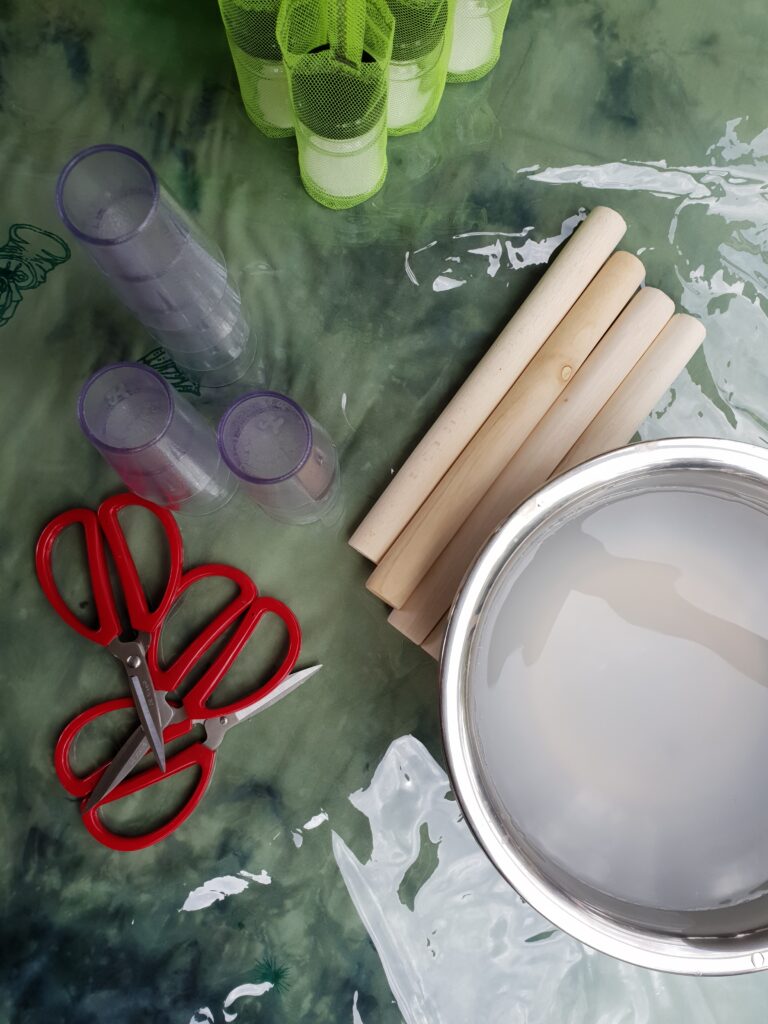

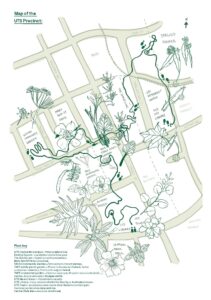
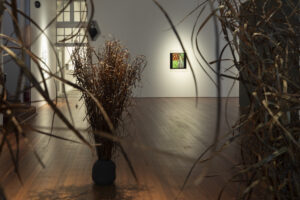

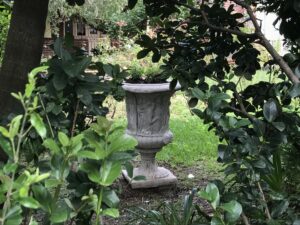
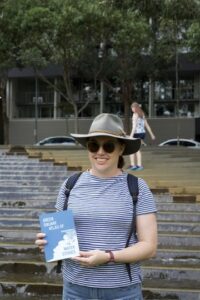
0 Comments